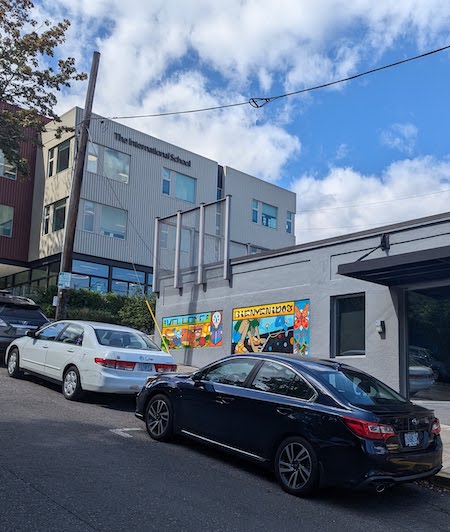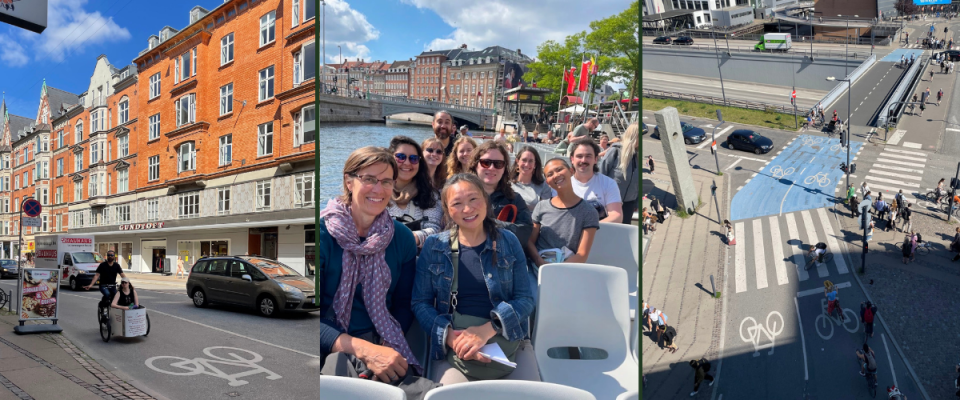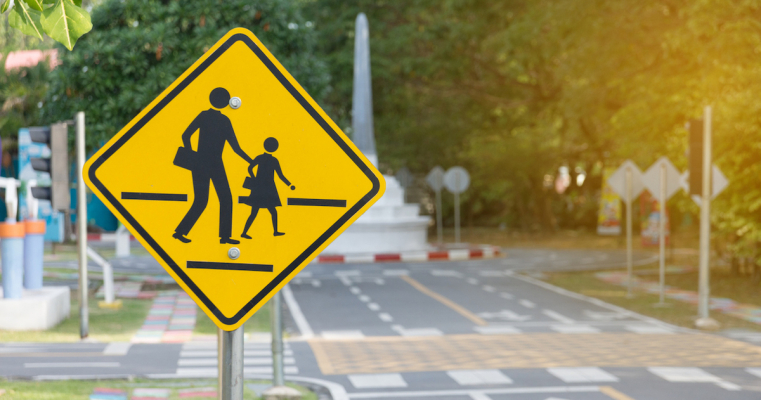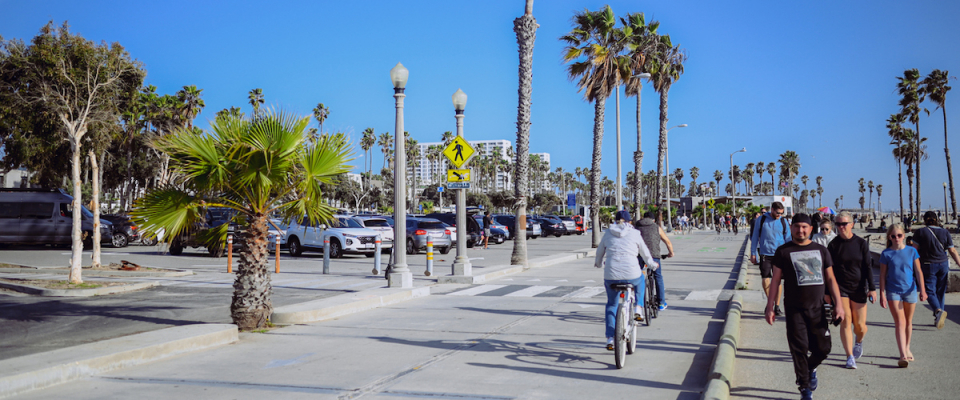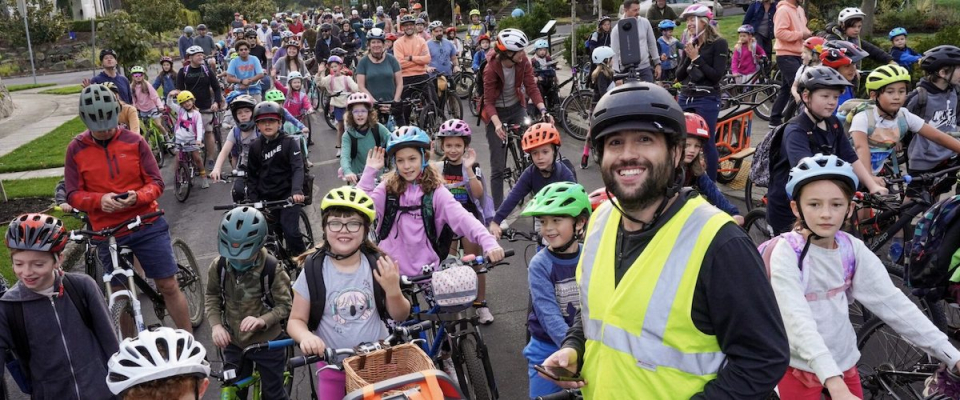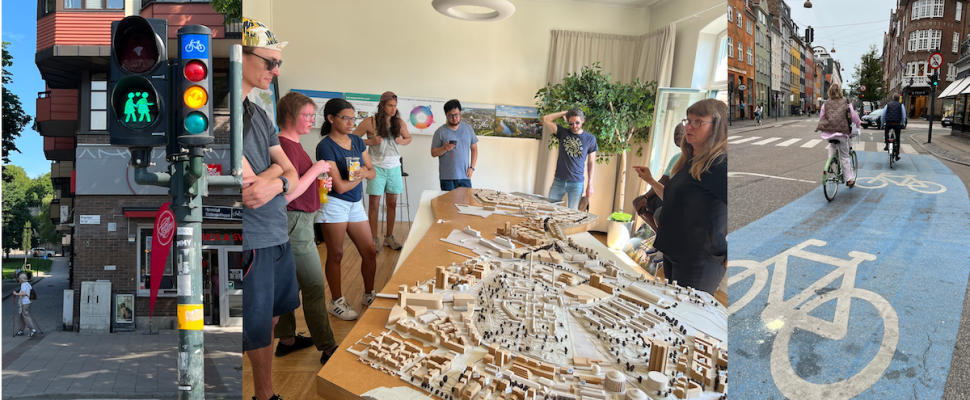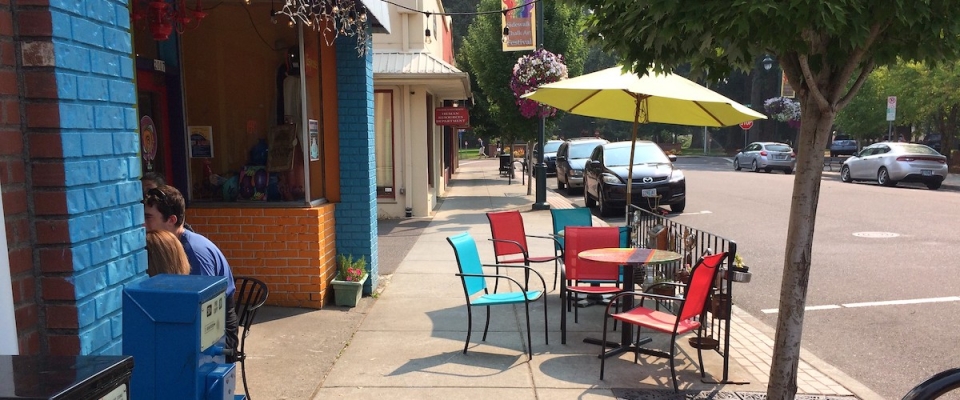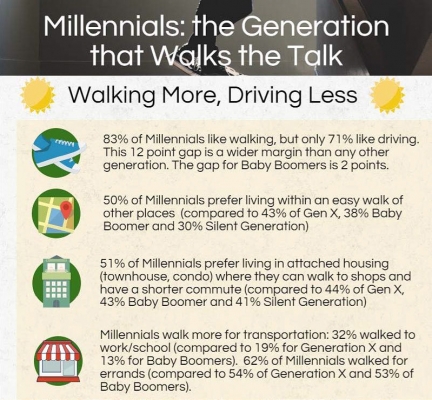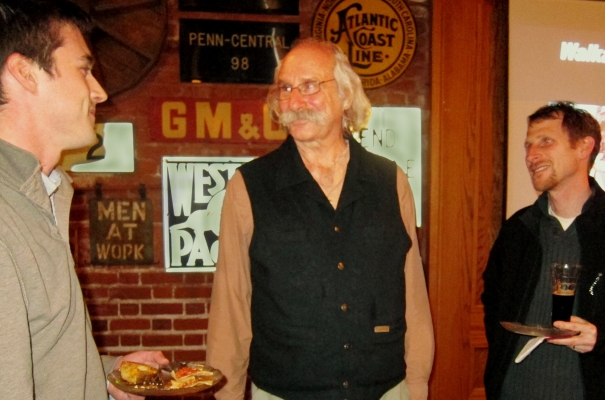Not far from Portland State University, down a little road tucked under three highway overpasses, sits the International School of Portland (ISP)—a leafy four-acre campus serving nearly 400 students from preschool to fifth grade. Despite its proximity to popular pedestrian areas, including the Downtown Waterfront, the International School of Portland is nestled amongst a few private blocks and can be difficult to access by foot or by bike. Naturally, most students arrive by car, which creates the familiar traffic jam at pickup and dropoff times.
To provide more transportation options and give the students more access to the school's surrounding neighborhood, Portland State University students are working to improve walking and biking access to the campus. Championed by ISP’s volunteer Green Team, Facilities Manager...
Read more

